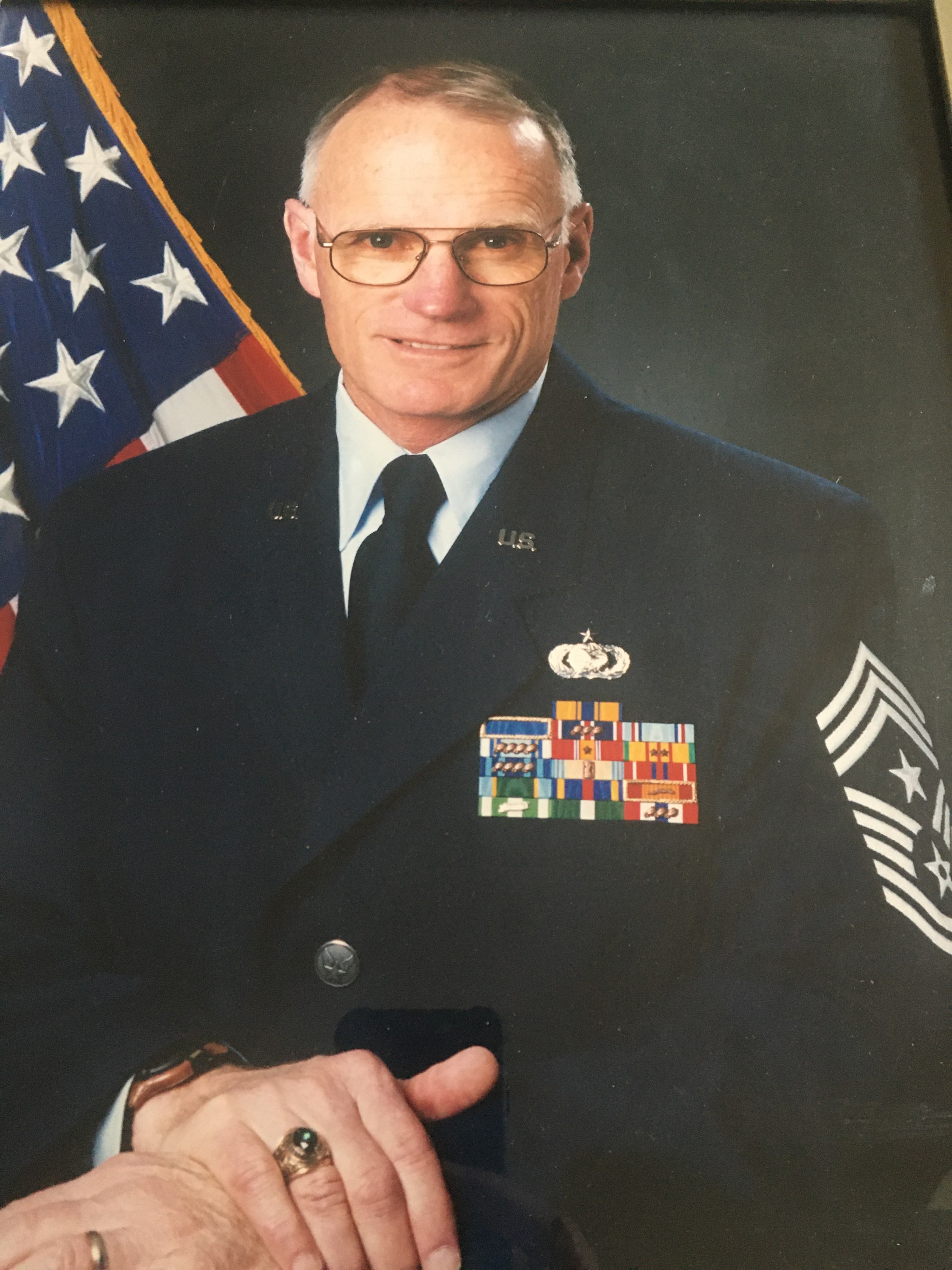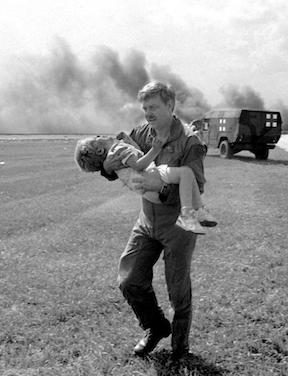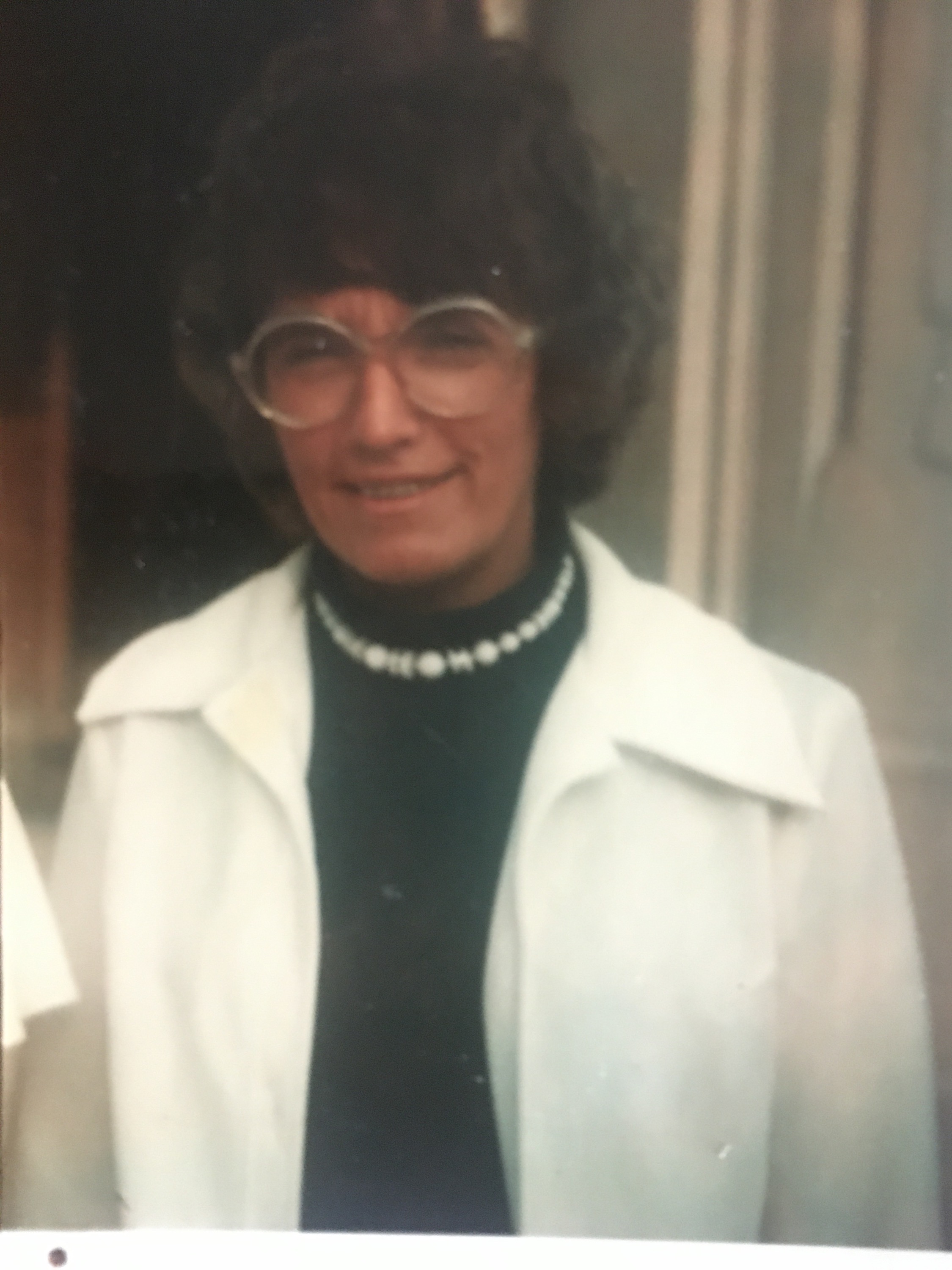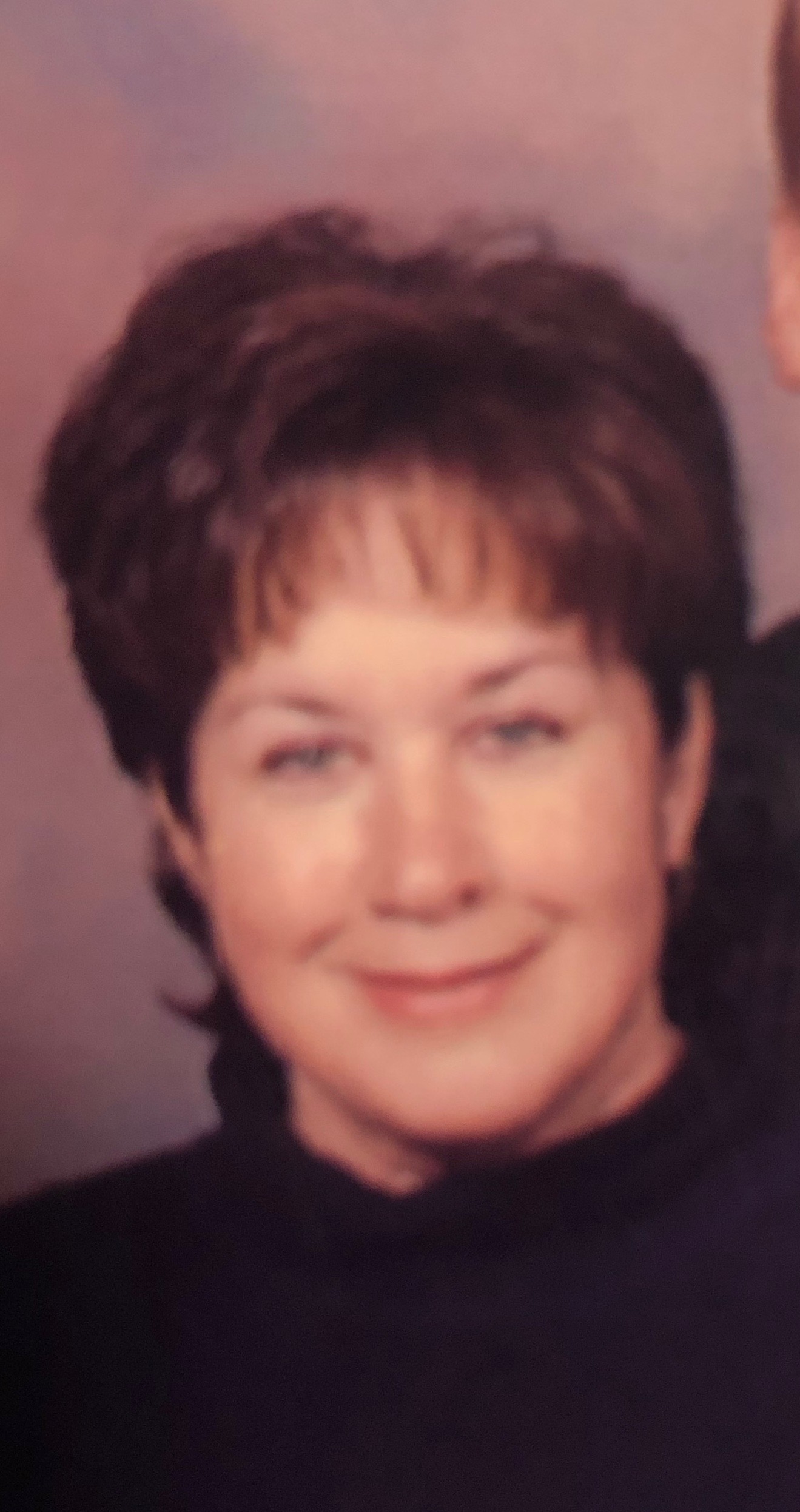
Photo of Brendan Burchard.
(Photo Courtesy of Brendan Burchard)
Real Life Accounts of Flight 232

Danny Nielsen carrying Spencer Bailey, a survivor of the crash.
(Image Courtesy of Gary Anderson)
Spencer Bailey was a lone survivor between his brother and mother on Flight 232. Spencer's father, who was at their home in Denver, Colorado, at the time, was there because his parents made sure they never traveled together in case of a tragedy like Flight 232. Colonial Nielson was a member of the national guard who carried Spencer to safety.
"I was watching out the window, and, noticing that we were no longer headed east, I began to get suspicious. After the flight attendant explained emergency landing procedures, we were left with our thoughts. That's when I began praying. I closed my eyes and thought, 'Dear Lord, I pray that you'll guide the pilot's hands.'"
~ Helen Young Hayes, 27, Denver, Colorado
Verna Welte, Director of Nursing at Mercy at the time, handled the situation at hand with the influx of patients. However, prior, Verna was told there weren't going to be any survivors of the crash. At first Verna had to address the issues of a shortage of nurses because it was summertime and people were having vacations. Within a few hours of being so concerned about having nurses, the hospital had more nurses than ever seen before. "The response of the community was outstanding. Nurses came from vacations or from retirement. They came to do what they could to help us."

Photo of Verna White.
(Photo Courtesyof Brendan Burchard)

Photo of Brendan Burchard.
(Photo Courtesy of Brendan Burchard)
Brendan Burchard, Chief Master Sergeant, United States Air Force, Retired, was a high-ranking officer in the National Guard in Sioux City, Iowa. Mr. Burchard was late to the sight of the crash because, coincidentally, he was in Denver, Colorado at the time of the crash. When he returned, Brendan was assigned to go on "field walks" to retrieve belongings lost by passengers of Flight 232. Brendan recalled "I had to pick up pieces of body fragments, belongings, and over $140 in cash." However, the field walk Mr. Burchard went on was not the first one, yet he found an abundance of items.
Barb Small, a registered nurse, was the Supervisor of Emergency/Trauma at Mercy during the events of Flight 232. Prior to July 19th, 1989, Barb had never seen so many critical patient alerts. Mrs. Small recounted how because of the abundance of patients, doctors walked around with morphine in their pockets and cupboards were kept open. When asked "How did this event break barriers?" Barb replied, "Ambulances from different towns, every doctor in the city, every nurse retired or on vacation, and almost every person in the town of Sioux City, Iowa was helping in any way, shape, or form they could. And when do you ever hear about anyone shutting down an interstate so ambulances could have free run into the city?" Barb said a major factor that affected her was seeing families saying goodbye to their loved ones in the hospital or seeing people rejoice because their family member had made it out alive; the good and the bad.

Barb Small in the 80s.
(Photo Courtesy of Brendan Burchard)
"They said over the radio that they didn't think we would be getting any survivors and then the next thing we heard was, 'My God, they are walking out of the cornfield,' and then they said, 'Get Ready. We will be bringing them in.'"
~ Barb Small, Supervisor of Emergency/Trauma at Mercy